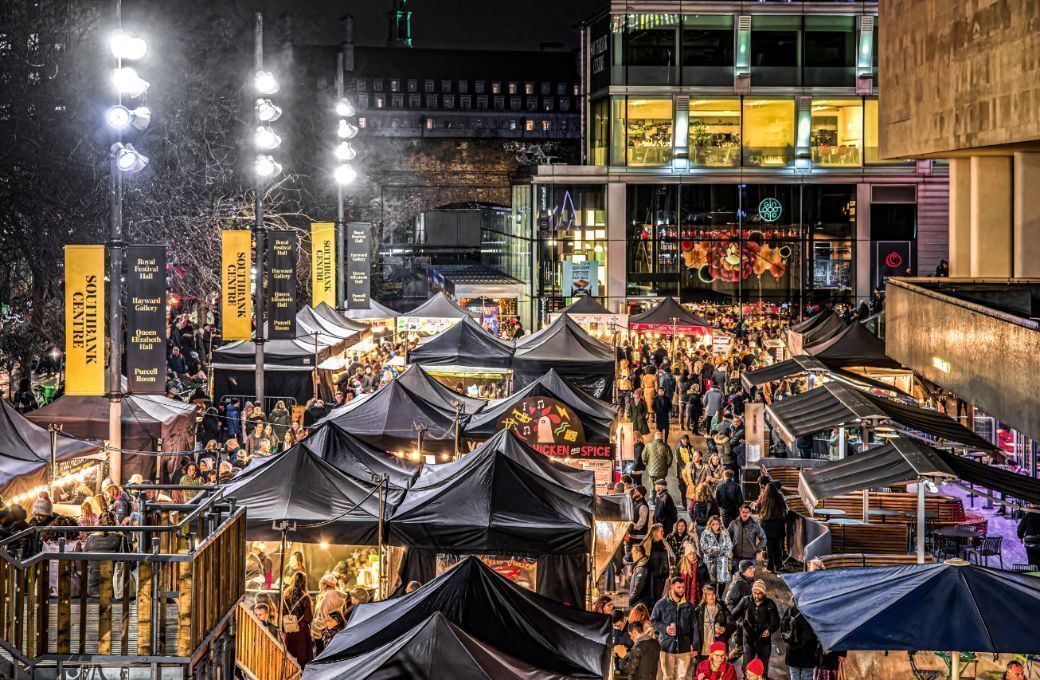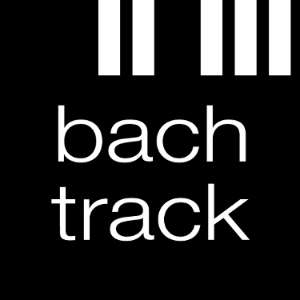London is one of the world’s best cities for culture, with more world-renowned galleries, museums, theatres and performing arts spaces than you could easily hope to visit in one trip. But with venues spread out all across the city – from Kensington to Covent Garden, Soho to Hackney – it can be hard to know where to begin.

You don’t need to flit around the entire city to get a taste of London’s exciting cultural scene. Covering roughly a mile alongside the River Thames is one of the capital’s most exciting areas for music, theatre and art. In one riverside stroll, it’s possible to take in a huge slice of the culture London has to offer.
An introduction to the South Bank
The South Bank is, intuitively enough, located on the south bank of the Thames. The term is loosely applied to the 0.7-mile section stretching from County Hall, via the Royal Festival Hall and Southbank Centre, to Oxo Tower. The construction of County Hall in 1917 marked the beginning of a slow redevelopment of this previously industrial area, which spread eastwards in the following decades. Today it’s mid-century architecture, mostly Modernist and Brutalist, that defines the South Bank’s architectural identity, and the spacious brick and concrete buildings have proven to be perfect venues for showcasing London’s lively music, art and performance scenes.
Between Waterloo, Waterloo East and Southwark stations to the south of the river, plus Embankment and Charing Cross to its north and the river-spanning Blackfriars, it’s easy to access the area by rail, bus, bicycle and bike-hire. Once you’re there, the best way to get around is undoubtedly on foot, along Queen’s Walk.
The Southbank Centre
Encompassing three venues, a library and a gallery, the Southbank Centre is the largest arts complex in the UK, and an essential stop for music lovers in London.
Its origins lie in the 1951 Festival of Britain. Specially built for the event, the centre’s 2700-capacity Royal Festival Hall was designed to showcase the depth and richness of Britain’s musical heritage – it was one of the very first concert venues designed with acoustic consultants. Later renovations (in 1964 and 2007) improved on their work, and it remains a world-class venue, holding performances by the London Philharmonic Orchestra, the Philharmonia Orchestra and a wide roster of classical, jazz and pop acts.
The opening of the Queen Elizabeth Hall in 1967 was marked with a concert conducted by Benjamin Britten. A 900-seat auditorium, its programming is mostly focused on classical, jazz and avant-garde music. Opened in the same year, at 360 seats Purcell Room is the Southbank Centre’s smallest venue. Its size makes it perfect for intimate chamber music recitals and spoken-word performances.
With a plethora of resident and guest artists appearing in all three performance spaces, our event listings provide a helpful way to see the whole season at a glance – from orchestral performances and semi-staged opera, to chamber ensembles, solo recitals and late-night concerts.
The Southbank Centre’s event programme is also broken up by several named festivals. For instance, EFG London Jazz Festival in November is one of London’s premier meetings of jazz musicians, who often collaborate with ensembles such as the BBC Concert Orchestra and the London Sinfonietta. Later, the Imagine Festival, in the February half-term, is aimed primarily at children and families, with tailored music performances as well as drama, comedy, dance and interactive events.
Multitudes, in April and May, is more directly music-forward, with a cross-disciplinary programme built around orchestral music. Earlier this year, for instance, the London Philharmonic joined forces with circus ensemble Circa for a unique, acrobatic performance of Ravel’s Daphnis et Chloé. Multitudes 2026 includes a semi-staged performance of Berg’s Wozzeck and a newly commissioned, film-enhanced version of Messiaen’s Turangalîla Symphonie.
Completed in 1968 alongside the Queen Elizabeth Hall, the Hayward Gallery displays three temporary art exhibitions each year by many of world’s major contemporary artists, and is well worth a visit. The Queen Elizabeth Hall Roof Garden is another peaceful retreat, and on the 5th floor of the Royal Festival Hall is the new balcony bar Seventy5th.
There are several more food and drink options, but on a sunny weekend the Southbank Centre Food Market, behind the Royal Festival Hall, is a must-visit, open through Friday to Sunday and bank holidays. With everything from spiced Ethiopian stews served with tangy injera to Vietnamese home-style meals and indulgent cakes, small independent food producers are a mainstay of this market.
Between the Bridges also operate a market on Queen’s Walk, which takes on a seasonal character through the year – including an Oktoberfest in September and October, together with many ticketed live events. The Winter Market, also on Queen’s Walk, is another highlight for seasonal visitors. Open through the week from November through to early January, it features food and gifts from a fleet of independent creative traders. The Skate Park is another classic feature of this part of the South Bank – a consistent draw for experienced and intermediate skateboarders, as well as photographers and filmmakers.
Nearby, the Southbank Book Market has been a classic inclusion to the area for over 40 years. The London Literature Festival, held from late October to November, is an important occasion for readers, to catch talks from established and up-and-coming authors. Literature fans visiting the Southbank should also look into events at the National Poetry Library, or set aside some time to relax in the stacks.
BFI Southbank
The classic illuminated cinema marquee of BFI Southbank nearby casts a warm glow on the surrounding concrete each evening. The BFI London Film Festival, held in October, is a highlight of London film fans’ calendar. But the BFI is open for screenings year-round too.
The film complex contains four screens, plus a library, shop, exhibition space and the BFI Mediatheque. This free-to-access space is full of booths where you can cosy up with the 180,000 film and TV titles that make up the BFI National Archive, including several featuring artists with ties to the Southbank Centre. The two-part 1982 documentary Stravinsky: Once at a Border was commissioned as a South Bank Show special; Night Mail (1936), written by WH Auden, features music by Benjamin Britten; and Ravi Shankar in Concert celebrates a musician who performed at the Southbank Centre over five decades of his life.
Beyond the Southbank Centre
Cultural offerings on the South Bank don’t end with the Southbank Centre. The nearby National Theatre is a similar Brutalist masterpiece, designed by Denys Lasdun. And further along the river’s path lies the OXO Tower, and the great turbine hall of George Gilbert Scott, now Tate Modern. Shakespeare’s Globe, a replica of the original Elizabethan theatre, stands in complete architectural contrast.
See upcoming events at the Southbank Centre.
Web links
Southbank Centre
Royal Festival Hall: Tues–Sun, 10am to 11pm
Queen Elizabeth Hall: Open at concert time
Hayward Gallery: Opens 7th Oct
National Poetry Library: Tues 12pm to 6pm, Weds–Sun 12pm to 8pm
BFI Southbank
Open daily, Sun–Thurs, 11am to 11pm. Fri–Sat, 11am to 11.30pm.
National Theatre
Open Mon–Sat, 10am to 11pm.
Oxo Tower Wharf
Opening hours vary.
Tate Modern
Open Mon–Sun, 10am to 6pm.
Shakespeare’s Globe
Box office open daily, 11am to 6pm (5pm on Sun).
This article was sponsored by the Southbank Centre.


